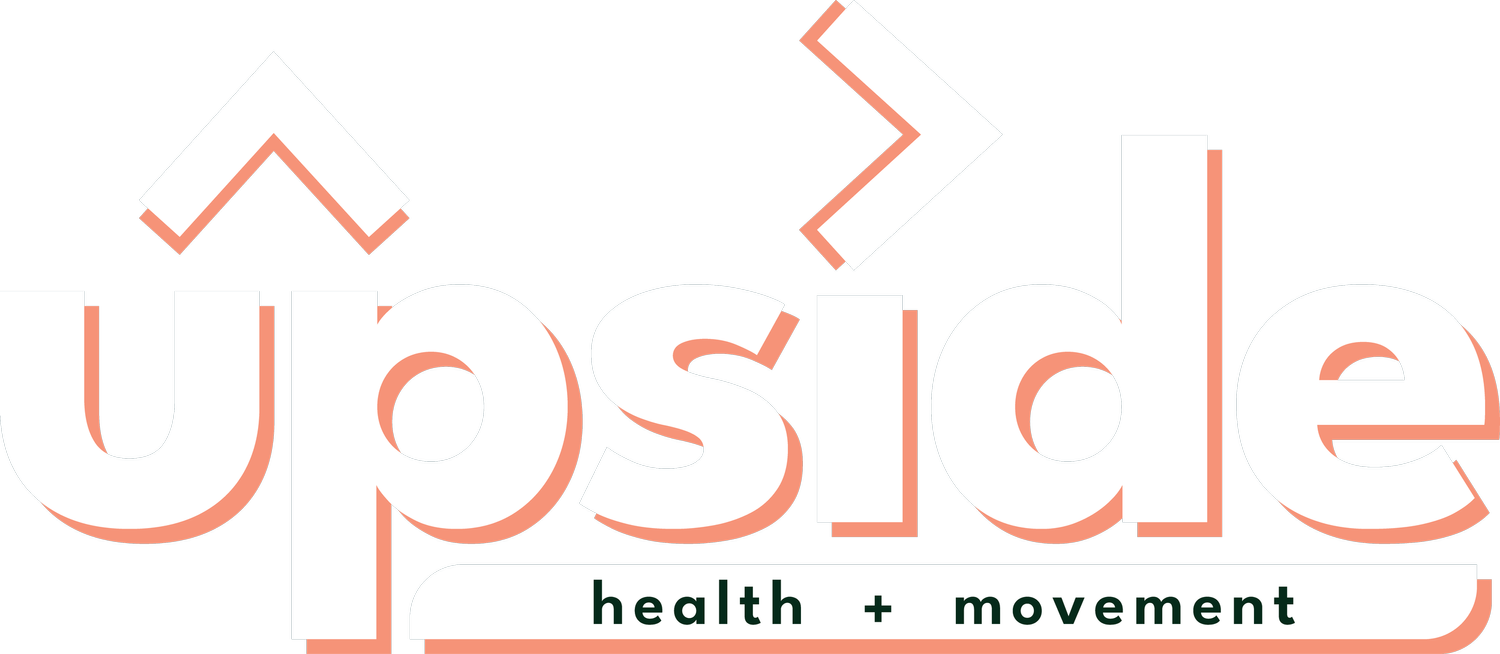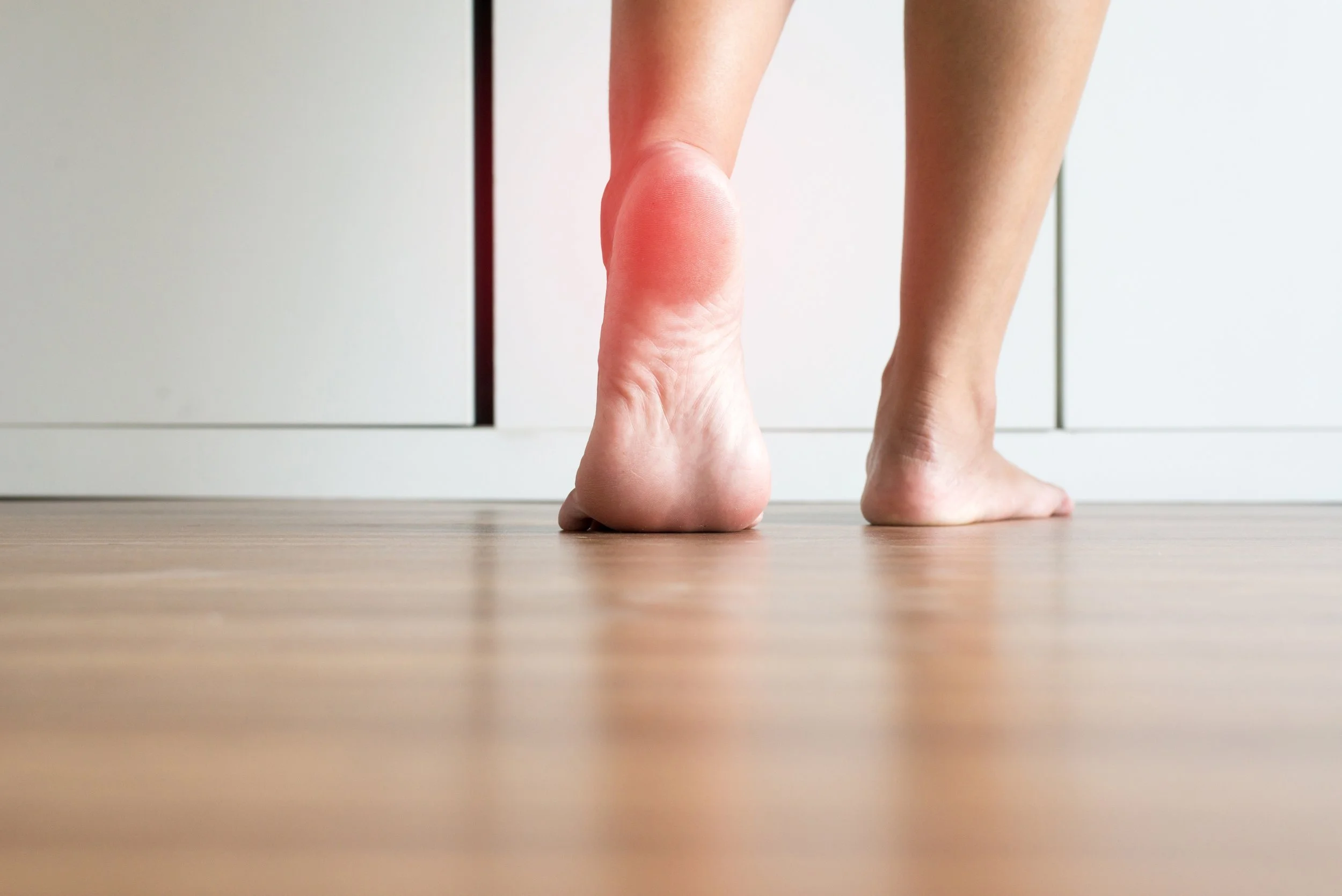Pain Profile: Plantar Fasciopathy
Plantar heel pain is a very common injury that involves pain present on the sole of the foot, close to the heel bone. It can be present in both the active and sedentary populations. This condition was previously referred to as plantar fasciitis but it now goes by the name of plantar fasciopathy. This is because it is now believed that this condition is degenerative rather than inflammatory as first thought. It is important to understand that the tissues involved have become overloaded which has led them to become swollen and sensitive. Progressive loading of these tissues from their rehabilitation program won't result in any further damage.
Signs and Symptoms of Plantar Fasciopathy
Pain usually presents gradually and is located around the inside aspect of the heel and arch of your foot. Pain is often worse first thing in the morning and can improve with activity. Periods of inactivity can often increase pain symptoms when activity is resumed. If the condition becomes more severe, pain can be present during weight-bearing activities and then start to become worse with activity. The inside aspect of the heel will be tender to touch and may extend along the plantar fascia towards the forefoot.
Risk factors for developing Plantar Fasciopathy
High BMI
Reduced ankle dorsi-flexion
Reduced big toe extension
Weakness of ankle evertors (peroneals)
Increased training volume
Foot strike and push off (running population)
*It was previously thought that foot posture played a role in the development in plantar fasciopathy but recent research has found it to not be associated with the condition.
What else could it be? Possible differential diagnosis'.
Fat pad - pain under heel (may coexist)
Bone stress - night pain, not as bad first thing in the morning. Increases with load.
Nerve entrapment/S1 radiculopathy - sharp, shooting and burning pain. Pain eases with walking. Worse at night and improves in the morning.
Spondyloarthropathy - presents bilaterally (on both sides). Systemic inflammatory disorder. May be present with night pain, early morning stiffness, joint pain and swelling or skin problems.
Treatment and Rehabilitation of Plantar Fasciopathy
The treatment of plantar fasciopathy is best split into two phases; the pain dominant phase and load dominant phase.
The initial stages of plantar fasciopathy is considered the pain dominant phase where the pain presentation is more acute and unstable. During this phase we are trying to settle down any aggravating factors of the plantar heel pain but also calming and worrying thoughts about what to expect from the upcoming rehabilitation period. Several exercises and stretches can be incorporated into this phase to settle pain. Your practitioner will determine which exercises and stretches are suited depending on their clinical findings during assessments. Taping, orthotics and gel heel cups are other options that can be considered to help calm down pain levels. This phase can last anywhere from 1-2 weeks or 6-8 weeks if aggravating factors cannot be avoided.
Once the plantar fascia pain has settled down become more stable, we can start the load dominant phase of rehabilitation. This is where we can start to see noticeable changes in pain with increased tolerance to previously aggravating activities. It is important to acknowledge that the hard work isn't over. It is during this phase that we are trying to gradually increase the tissues capacity to load.
With early and correct intervention, plantar fasciopathy can last for between 3-6 months. However, patients that cannot avoid their aggravating factors may take up to 9 months to start seeing improvements.


